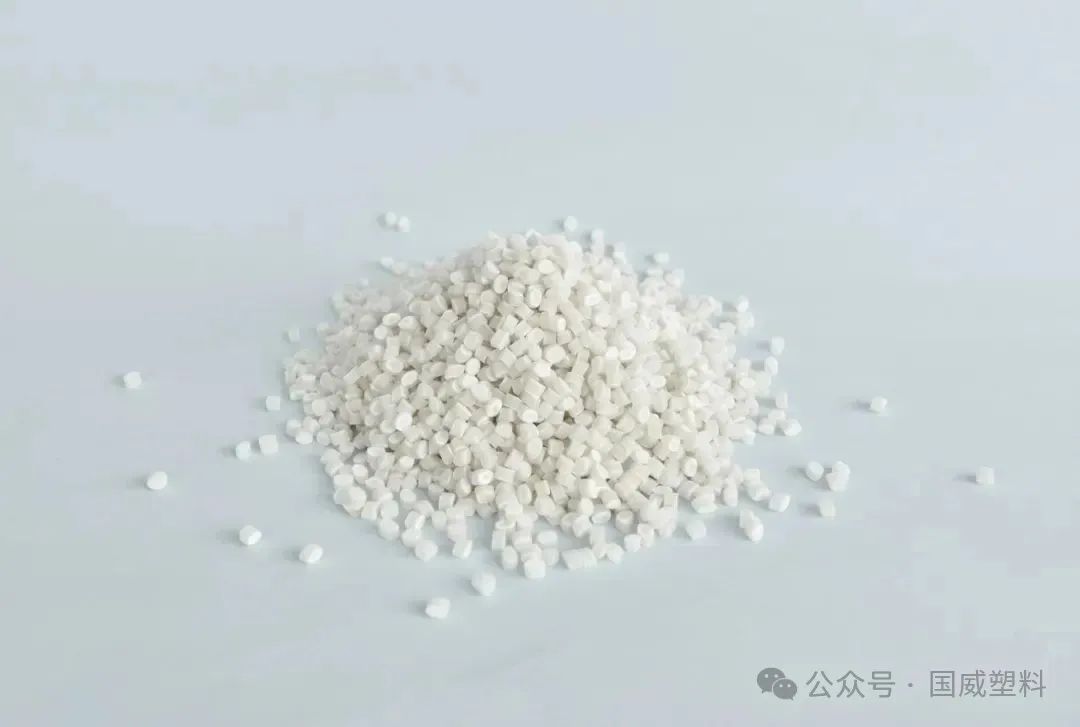Masterbatch Processing Technology and Advantages: A Must-Read Hardcore Guide for Industry Professionals
Filler masterbatch is a granular or powdered material made by mixing and compounding required additives, fillers, and a small amount of carrier resin during plastic processing and molding to facilitate operation. Its core component is the filler, and because it is mainly used in the processing of polyolefins such as polyethylene and polypropylene, it is also referred to as polyolefin filler masterbatch.
Advantages of masterbatch filling
Reducing production costs is the main reason why most manufacturers choose it.
Reducing product shrinkage rate is also a criterion for many manufacturers. For example, polypropylene (PP) has a relatively high shrinkage rate, and when making products with reinforcing ribs and thicker walls, surface shrinkage dents can easily appear, affecting the aesthetics. After adding filler masterbatch, the shrinkage rate can be effectively reduced, significantly improving the surface smoothness of the product.
Manufacturers who choose to increase the proportion of products are relatively few, and this is mostly seen in scenarios where products are sold by weight. Essentially, it is also an indirect way to reduce costs.
To increase product hardness, manufacturers typically recommend using talcum powder as a filler masterbatch, which can improve hardness by approximately 20% and is widely applied.
The composition of filler masterbatch
Polyolefin filler masterbatch is composed of carrier resin, filler, and various additives. The filler accounts for the highest proportion, reaching up to 90%.
Filler: Mainly heavy calcium carbonate, followed by talcum powder, kaolin, calcium powder, and other inorganic materials. For inorganic fillers, particle size and particle size distribution are key technical indicators. Generally, the smaller the particle size and the more concentrated the distribution, the better the filling effect. However, fillers with smaller particle sizes are more difficult to disperse and have higher costs, which also affect the filling performance.
Carrier resin: The content is usually 10%~20%, depending on the intended use of the masterbatch. It must have good compatibility with the plastic matrix resin being filled, so the matrix resin is preferred as the carrier. At the same time, the melting point of the carrier resin should not be higher than that of the matrix resin, and its melt flowability is also a factor to be considered when selecting it.
Additives: These mainly include dispersants and surface treatment agents. Dispersants can improve the processing fluidity of the masterbatch and help it to disperse more evenly in the matrix resin. Commonly used dispersants include white oil, paraffin wax, polyethylene wax, coupling agents, and stearic acid.

Processing technology of filler masterbatch
With the update of carrier resins, the processing technology and equipment for polyolefin filler masterbatch are also constantly changing.
First generation (APP masterbatch): Using domestically produced atactic polypropylene (actually a by-product of polypropylene production) as the carrier resin, employing a batch process: after mixing and kneading, the material is calendered, water-cooled, and pelletized. The equipment used includes a internal mixer, calender, and flat pelletizer.
Second generation (PEP masterbatch): With LDPE (1F7B) as the carrier resin, a specially designed single-screw extruder with a large length-to-diameter ratio and high mixing performance is required to ensure effectiveness.
The third generation (PPM masterbatch): Using polypropylene powder as the carrier, it typically employs a blend of polypropylene and polyethylene as the carrier resin. The air-cooling hot-cut method on the die surface can be used, which retains the characteristics and application range of the PPM masterbatch while improving production efficiency and reducing raw material costs.
The co-rotating twin-screw extruder is an ideal equipment for the production of filler masterbatch, with advantages such as continuous production, stable quality, high efficiency, low energy consumption, low labor intensity, and a good operating environment.
Recommended Additive Amount of Masterbatch in Various Products
PE film blowing (agricultural film, mulch film, co-extrusion film, household film): 8%~10%.
PP products (disposable lunch boxes, milk yogurt containers, packing straps): 30%~60%.
Cast film coating, food packaging film, garbage bags, woven bags, shopping bags: 20%~50%.
LDPE extrusion molding, blow molding: 10%~40%.
LDPE machine/hand strapping, adhesive coating, paper coating, injection molding: 10%~40%.
Foamed sheets, foam products: PP accounts for 20%~30%, PE accounts for 15%~30%.
Blow molded products (oil drums, plastic drums, plastic bottles): HDPE accounts for 10%~40%, PP accounts for 20%~40%.
Plastic plates, plastic basins, switch boxes, plastic toys, cosmetic boxes: HDPE accounts for 10%~30%, PP accounts for 20%~30%.
Plastic curtains, plastic pipes, sheets, and placemat sheets: PS is 15%~30%, ABS is 10%~25%.
The above is the reference proportion for regular products. The specific addition amount needs to be adjusted according to product requirements and the quality of the filler masterbatch.
【Copyright and Disclaimer】The above information is collected and organized by PlastMatch. The copyright belongs to the original author. This article is reprinted for the purpose of providing more information, and it does not imply that PlastMatch endorses the views expressed in the article or guarantees its accuracy. If there are any errors in the source attribution or if your legitimate rights have been infringed, please contact us, and we will promptly correct or remove the content. If other media, websites, or individuals use the aforementioned content, they must clearly indicate the original source and origin of the work and assume legal responsibility on their own.
Most Popular
-

List Released! Mexico Announces 50% Tariff On 1,371 China Product Categories
-

EU Changes ELV Regulation Again: Recycled Plastic Content Dispute and Exclusion of Bio-Based Plastics
-

Clariant Unveils Cost-Cutting Plan Details, Plans to Shut Down Multiple Plants
-

Mexico officially imposes tariffs on 1,400 chinese products, with rates up to 50%
-

Nissan Cuts Production of New Leaf EV in Half Due to Battery Shortage






